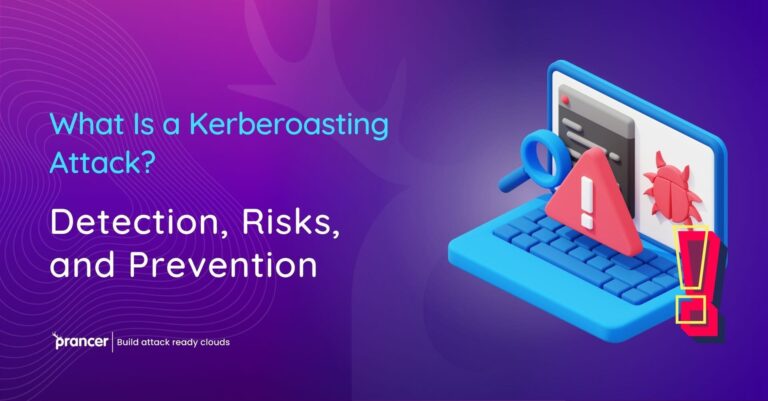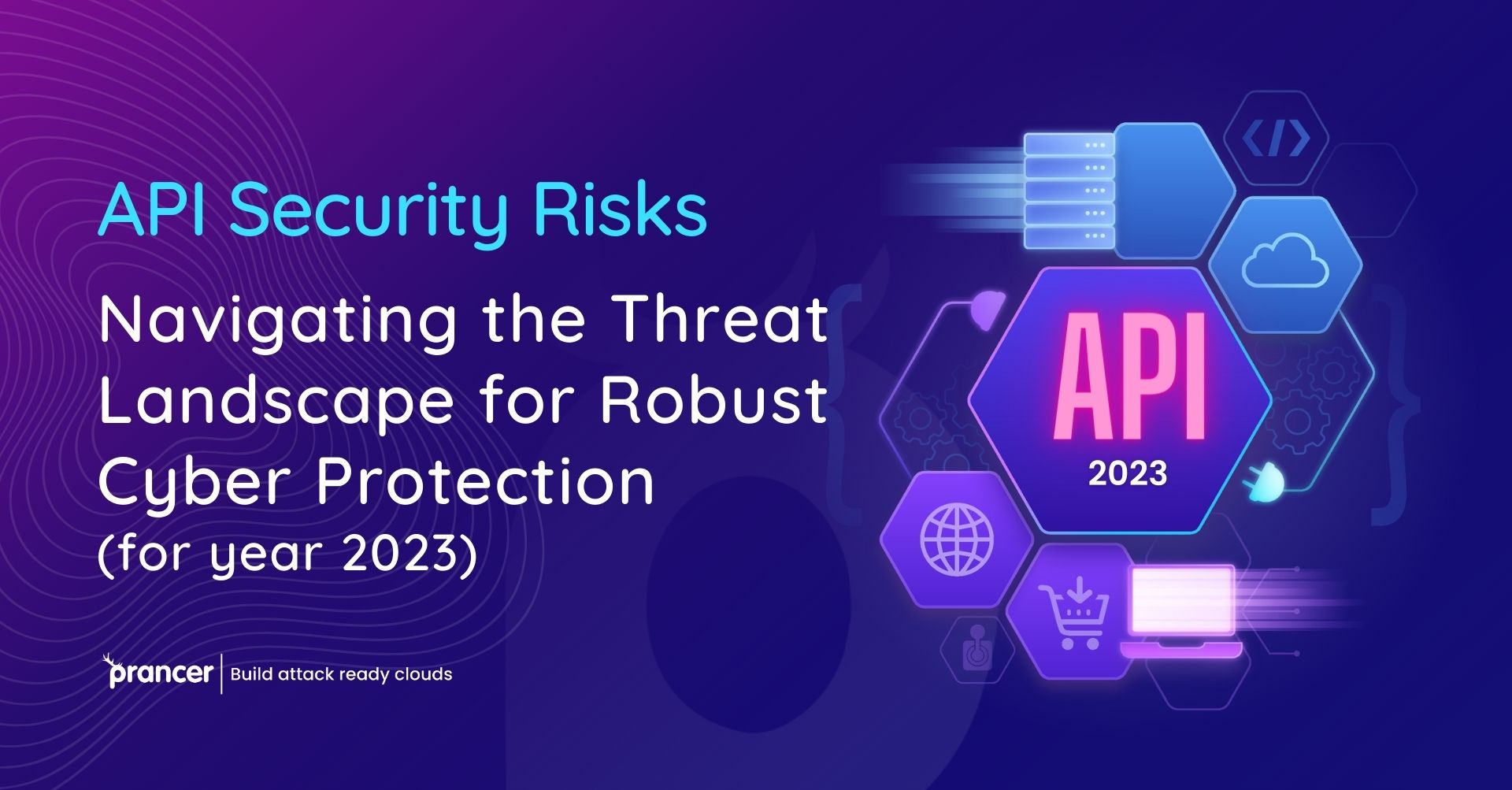

In the interconnected realm of digital transformation for the year 2023, Application Programming Interfaces (APIs) stand as the connective tissues that bind applications, systems, and devices. Yet, their growing prevalence amplifies the array of API security risks, shedding light on the potential threats that shadow the technological advancements. This blog underscores the quintessential aspects of API security risks, offering a glimpse into Prancer’s vital role in leveraging automated penetration testing to bolster cyber defenses.
API security risks are no longer a sporadic concern but a persistent challenge in the tech-savvy era. With APIs acting as gateways to valuable data and services, API security risks present fertile ground for cyber adversaries. The common challenges in handling API security risks encompass:
Addressing API security risks calls for a methodical approach, where Prancer stands out as a beacon. Prancer’s innovation lies in its cloud security platform, marrying automated penetration testing with precise insights to tackle cyber API security risks. By leveraging automated penetration testing, Prancer not only accelerates the identification process but maintains pinpoint accuracy, enabling organizations to detect and combat API security risks effectively.
In the ongoing battle against cyber API security risks, automated penetration testing serves as a catalyst for effective risk management. Traditional methods often fall short, but Prancer’s automated penetration testing tools encompass cutting-edge algorithms, simulating realistic attack scenarios. This innovation amplifies the capability to detect, validate, and neutralize API security risks, ensuring a comprehensive defense strategy.
API security risks demand an adaptive approach, and Prancer’s automated penetration testing tools provide the agility needed to stay ahead. By automating the assessment of API security risks, professionals can conduct regular evaluations, aligning security measures with the evolving threat landscape. Prancer’s commitment to addressing API security risks through automated penetration testing translates into a resilient and secure digital cyber framework.
As we step into the technological terrain of 2023, API security risks continue to echo as a profound challenge. Prancer’s pivotal role in enhancing API security, especially through automated penetration testing, stands as a testament to innovation-driven defense strategies. The meticulous approach to understanding and managing API security risks fosters a robust digital environment, safeguarding the intricate web of digital connections. With Prancer’s expertise, API security risks are not just managed but transformed into opportunities for strengthening our cyber resilience, ensuring that our digital future thrives amidst the complexities of an ever-changing threat landscape.
